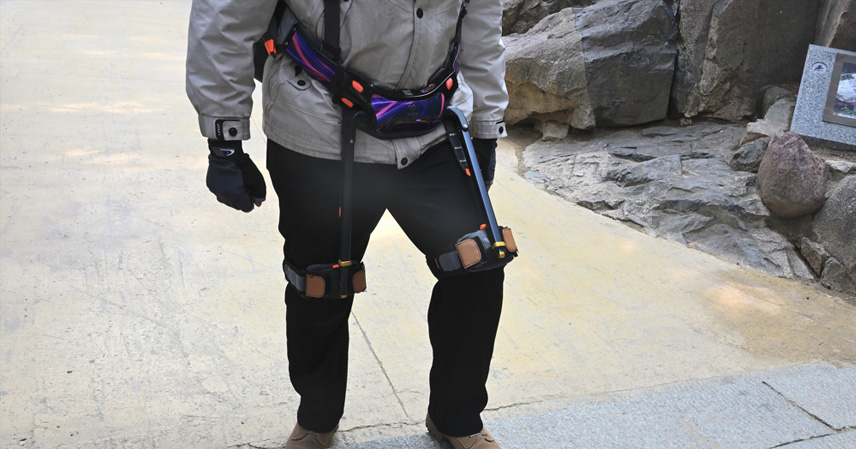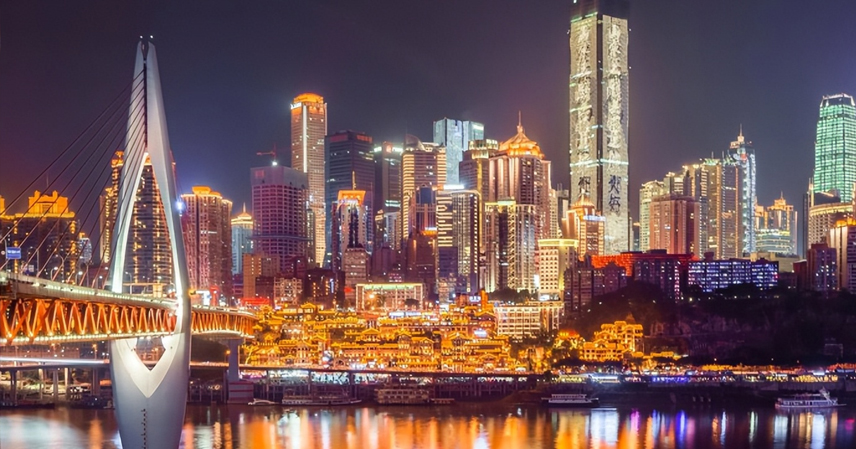Imagine lacing up for a mountain trek, only to feel robotic legs easing the strain—then learning it costs less than a fast-food lunch. That’s the jaw-dropper two American tourists encountered in Zhangjiajie, Hunan, last month. Christian Grossi, a U.S. vlogger, rented an exoskeleton suit out of curiosity for a climb. Midway up, he hit record: “This is the coolest thing I’ve ever seen!” But the real shock? Day rates at 157 RMB ($22), half-hour trials at 30 RMB ($4)—with a 200 RMB deposit. In the U.S. or Europe, such gear demands prescriptions and five-figure tags for medical or industrial use.
Grossi’s video, shared via Knews on September 27, 2025, captures the duo’s double-take: repeated price checks, phone-fueled currency math, head-shakes of disbelief. “It’s like renting skis or a bike,” he marveled—high-tech as everyday rental. Global viewers piled on: Tokyo equivalents run 2,000 JPY ($13) hourly, ballooning to thousands USD daily; European parks might charge $1,000+ for similar aids.
From Military Might to Mountain Must-Have: The Tech Breakdown
Exoskeletons originated as soldier boosters for heavy lifts, evolving into rehab tools for mobility-impaired users. In China, firms pivoted to civilian perks, slashing costs via domestic supply chains—core parts self-made, halving import bills. Optimized for trails, these 2kg wonders (notebook-light) strap on in under two minutes, app-synced to “hiking mode” for zero learning curve.
Scenic operators rolled them out to tackle a key gripe: midlife hikers (or heavier seniors) tapping out halfway, souring vibes and stats. Assisted strides cushion knees on ups, absorb shocks on downs—even 70-year-olds or 200-jin folks finish full loops unscathed. Pilots at Zhangjiajie, then Taishan and Huangshan over May Day, drew raves—by September, 30+ sites like Badaling Great Wall and Huashan followed suit.
It’s practical magic: boosting satisfaction, easing access without infrastructure overhauls. Similar innovations bloom nationwide—Luojunshan’s guide bots for lost elders; West Lake’s e-assist wheelchairs for seamless laps.
Global Echoes: Affordability as the Real Innovation
Grossi’s awe, echoed in India’s Times of India (“China turns cutting-edge into commonplace”), spotlights a pattern: scaling elite tech for masses. U.S. equivalents? $50,000+ rentals via specialists, mired in red tape. Europe’s industrial suits hit similar marks—untouchable for casual climbs.
This gap underscores supply-side savvy: China’s chains yield sub-$1,000 units, versus Western premiums. Result? Exoskeleton rentals democratize adventure, turning “elite aid” into inclusive perk—much like shared bikes reshaped urban mobility.
For tourists, it’s a win: enhanced endurance, fewer strains. Operators gain fuller trails, glowing reviews. As one vlogger quipped, “China makes the future feel… affordable.”
Zhangjiajie’s stunt isn’t isolated—it’s a glimpse of accessible innovation bridging gaps for all ages and abilities. Next trek? Pack curiosity; the suit might just steal the show.
References
- Knews: American Vlogger Shocked by Exoskeleton Rental in Zhangjiajie (Sep 27, 2025)
- Times of India: China Turns Sci-Fi into Scenic Aid (Oct 2, 2025)



